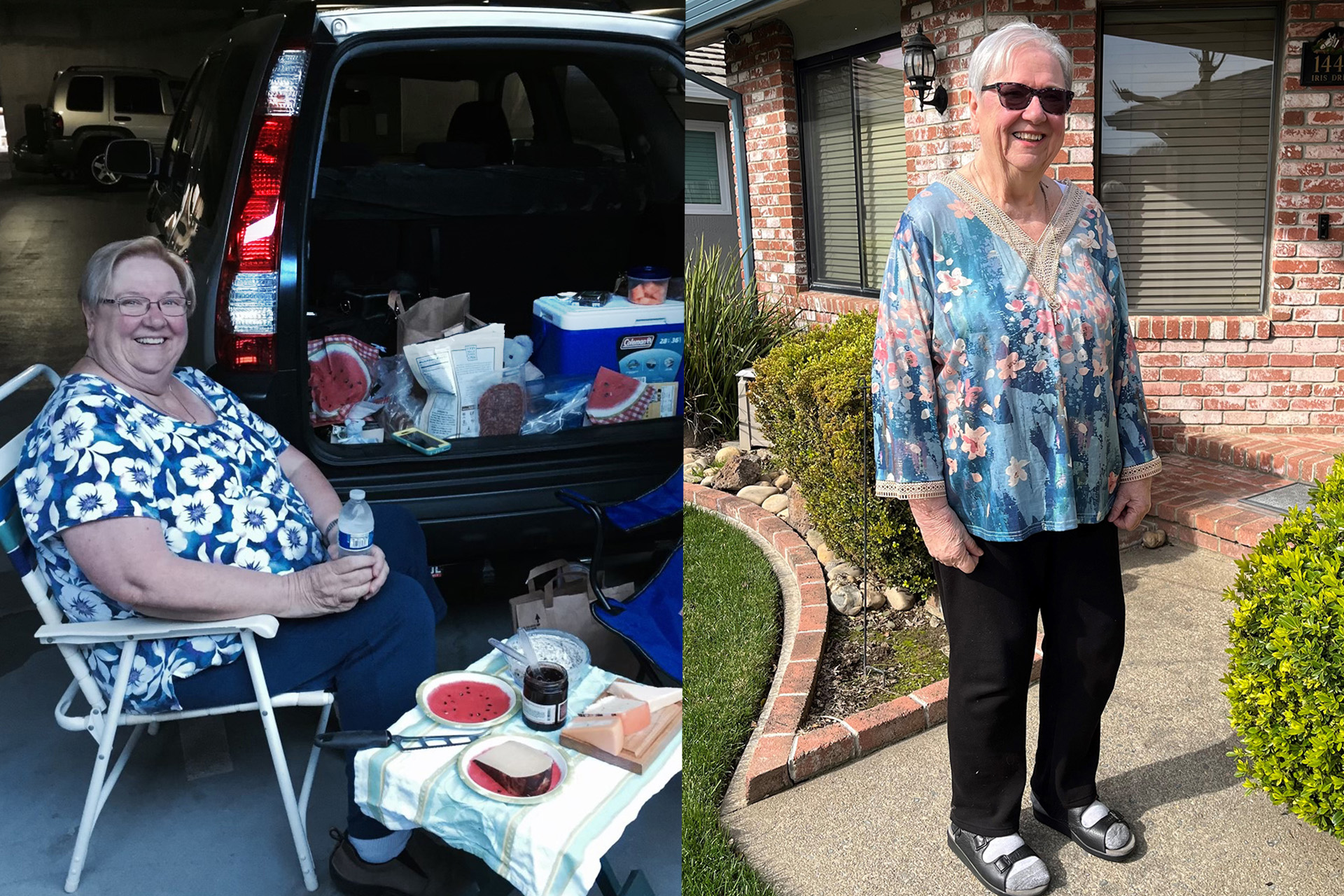Jeffrey Fox, MD, MPH, is chief of Gastroenterology at the Kaiser Permanente San Rafael Medical Center and chair of Gastroenterology for Kaiser Permanente Northern California’s medical group. Today, he answers basic questions about gallstones.
What are gallstones?
Gallstones are the bile digestive juice when it becomes solid. Usually, this fluid helps with nutrients’ absorption into our intestines. But for some people the fluid becomes solid, and literally looks and acts like stones. They are composed mostly of cholesterol, followed by calcium, bilirubin, protein, and phospholipids.
What are the symptoms?
They cause an abdominal pain that is usually intermittent, lasting from minutes to hours, located in the upper abdomen or often on the right side, and radiating around to the back. If you have this symptom and it is triggered by meals, it could be a sign of gallstones and should be discussed with your primary care provider.
What are the causes?
There are a number of risk factors. Gallstones are more common in women, particularly those not quite at middle age and who are either overweight or experience rapid weight loss. Pregnant women and those of LatinX/Native American ethnicity are at increased risk. Additionally, certain medications are a factor, particularly hormone therapy, as well as family history.
Do gallstones demand treatment, and what is it?
This is an important point: Most gallstones do not cause symptoms. For people who have gallstones, it’s estimated that only about 20% of them develop symptoms in their lifetime. Furthermore, of those with symptoms, only a fraction — perhaps fewer than 10% — develop complications.
Most people with gallstones don’t need to have anything done about them. But the more serious the symptoms, the more important it is to have the gallstones addressed. There is laparoscopic surgery to remove the gallbladder, which is the source of the stones. This is one of the most common and safest abdominal surgeries, with the fewest short- and long-term complications. In some instances, there is medication that can reduce the propensity to form gallstones.
What happens when gallstones are untreated?
If there are no symptoms, no action is recommended. But if you do develop symptoms, your chance of having complications goes up. About 5% of people with symptoms will develop a complication, including an infected or inflamed gallbladder, bile duct stones leading to a life-threatening infection, or pancreatitis.
Are gallstones mistaken for other conditions?
Kidney stone pain is similar, but it is located in the middle to lower back. Gallstones mimic other upper digestive problems such as peptic ulcer disease and acid reflux. They can also overlap with cardiac disease and there are certain cancers that can give you upper abdominal pain. All of these conditions are potentially very serious and should prompt medical attention.
How can one reduce risk?
Unfortunately, it is not proven that gallstones go away when adopting dietary or behavioral changes. However, prevention is recommended, with weight being one area that people can control. Eat a balanced diet low in saturated fats and high in fiber. If you do lose weight, it should be done gradually. Finally, stay physically active.
These basic healthy lifestyle recommendations not only provide best odds in reducing major risk factors for gallstones, they also address most of the major chronic conditions affecting adults.





This Post Has 0 Comments